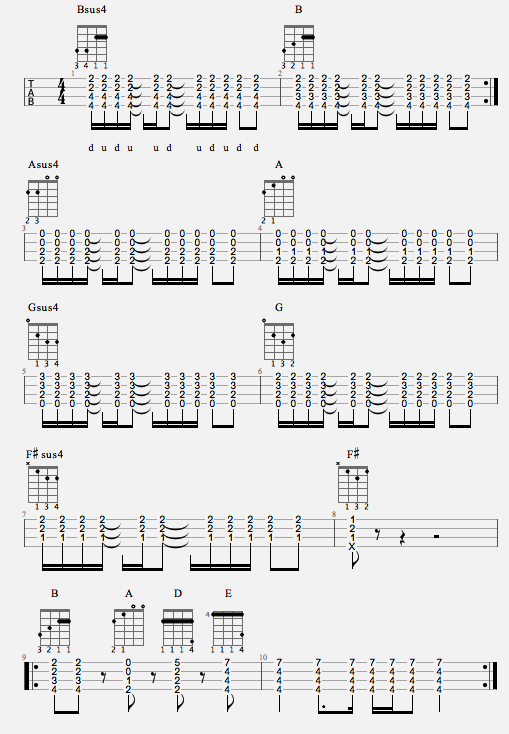

On the acoustic there was the high-speed percussive, expansive rhythmic strumming, the big sus4 chords of “Pinball Wizard”. Stacks of amps and speakers, his windmilling right arm, the leaps and kicks and, of course, the smashing up the guitars and hotel rooms in equal measure, allegedly. E openĮ Hendrix Type Chord: E string open, A string 11th fret, D string 12th fret, G string 12th fret B.The Who’s Pete Townshend was by turns a maestro on the acoustic guitar and a wall-of-sound man on the electric. E all openī Hendrix Type Chord: E string 7th fret, A string 6th Fret, D string 7th fret, G string 7th fret B. G7th Flamenco Chord: E string 3rd Fret, A string 2nd Fret, D string 3rd Fret, G.B. Tighter sounding A 7th Chord for Blues: A open, D 7th Fret, G 9th Fret, B 8th Fret, E openĬhunky sounding D7th Chord for Ballads: A string 5th Fret, D string 4th Fret, G string 5th Fret, B string 3rd Fret, E string open,Ī 9th Chord: E string 5th Fret, A string open, D string 7th Fret, G string 6th Fret, B string open, E string open. D string open, G string 7 fret, B string 6th Fret, E string open If not already covered, some other suggested unusual chordsĮ minor 9th Chord: Low E string open A string 2nd fret D string 4th Fret G open B open Top E openĪ minor 9th Chord: E string 5th Fret, A string open, D string 7th Fret, G string 4th Fret B open E openĭ minor 9th: E&A strings unused. Similarly, jazz musicians will insert these chords even if the sheet music doesn’t call for it, letting their ears tell them where in the music such a chord might enhance the sound. It’s not perfect, but it’ll work for now. The great news about these chords is that if you see one in a chord progression and you don’t quite know it yet or the position is too hard for you to play, you can replace it with the standard chord. Voicings aren’t so much an integral part of chord progressions as they are options that you can use however you like. These kinds of chords are often called “voicings” because they give alternative voices to the basic triadic chord. A D13 chord must, therefore, contain a high B.

For example, if you want to play a D13 you would count on your fingers 13 up from D, which would be a B, up an octave. The numbers refer to the notes in the scale. Some of them may be a little harder to play, but if you take them on in a spirit of fun and games you can easily incorporate a few of them into your chord repertoire. Besides, these chords share a few important characteristics. We’ve lumped all these together because it would take too long to explain each one. You can also use the Uberchord app to tell you the name of the chord you’re playing, so if you forget a chord’s name or if you do happen to create a “new” chord, let the app listen to you play the chord and then tell you its name.Ħ, 9, 11,and 13 Chords Guitarists like Lee Ritenour use their own discretion to add 6th, 9th, 11th, and 13th chords to jazz’s standard chord progressions.
#PINBALL WIZARD CHORDS ACOUSTIC FREE#
We’ve included diagrams of some positions, but feel free to go to our chord finder and see if there are other positions you’d like to try. Why not let that musically adventurous player be you? But many of the chord positions are no harder to play than standard chords, and there are no firm and fast rules for where to stick them. These chords are most often found in prog rock, fusion, jazz, and experimental music, not because they’re hard to play but rather because it’s the more musically adventurous who tend to like using them.

One of the great pleasures of learning guitar is discovering the beautiful non-standard chords that are actually easy to play! You can use them to enhance songs you already know because even though they may not be a part of the standard chord progression they can form the perfect embellishment when “normal” chords don’t quite cut it. Don’t listen to those who say alternative chords are only for guitarists like Pat Metheny.


 0 kommentar(er)
0 kommentar(er)
